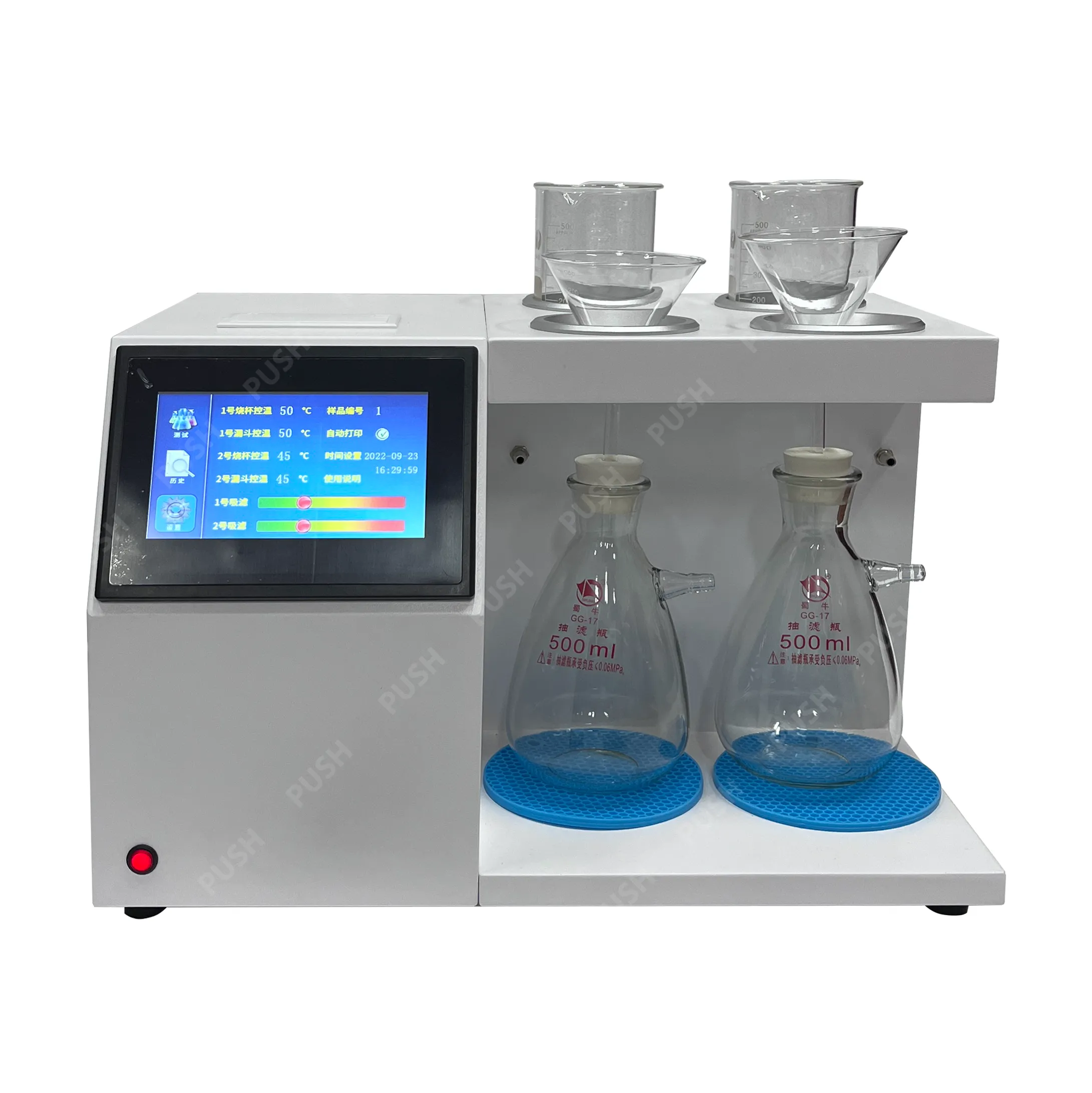 English
English



-
 Afrikaans
Afrikaans -
 Albanian
Albanian -
 Amharic
Amharic -
 Arabic
Arabic -
 Armenian
Armenian -
 Azerbaijani
Azerbaijani -
 Basque
Basque -
 Belarusian
Belarusian -
 Bengali
Bengali -
 Bosnian
Bosnian -
 Bulgarian
Bulgarian -
 Catalan
Catalan -
 Cebuano
Cebuano -
 China
China -
 China (Taiwan)
China (Taiwan) -
 Corsican
Corsican -
 Croatian
Croatian -
 Czech
Czech -
 Danish
Danish -
 Dutch
Dutch -
 English
English -
 Esperanto
Esperanto -
 Estonian
Estonian -
 Finnish
Finnish -
 French
French -
 Frisian
Frisian -
 Galician
Galician -
 Georgian
Georgian -
 German
German -
 Greek
Greek -
 Gujarati
Gujarati -
 Haitian Creole
Haitian Creole -
 hausa
hausa -
 hawaiian
hawaiian -
 Hebrew
Hebrew -
 Hindi
Hindi -
 Miao
Miao -
 Hungarian
Hungarian -
 Icelandic
Icelandic -
 igbo
igbo -
 Indonesian
Indonesian -
 irish
irish -
 Italian
Italian -
 Japanese
Japanese -
 Javanese
Javanese -
 Kannada
Kannada -
 kazakh
kazakh -
 Khmer
Khmer -
 Rwandese
Rwandese -
 Korean
Korean -
 Kurdish
Kurdish -
 Kyrgyz
Kyrgyz -
 Lao
Lao -
 Latin
Latin -
 Latvian
Latvian -
 Lithuanian
Lithuanian -
 Luxembourgish
Luxembourgish -
 Macedonian
Macedonian -
 Malgashi
Malgashi -
 Malay
Malay -
 Malayalam
Malayalam -
 Maltese
Maltese -
 Maori
Maori -
 Marathi
Marathi -
 Mongolian
Mongolian -
 Myanmar
Myanmar -
 Nepali
Nepali -
 Norwegian
Norwegian -
 Norwegian
Norwegian -
 Occitan
Occitan -
 Pashto
Pashto -
 Persian
Persian -
 Polish
Polish -
 Portuguese
Portuguese -
 Punjabi
Punjabi -
 Romanian
Romanian -
 Russian
Russian -
 Samoan
Samoan -
 Scottish Gaelic
Scottish Gaelic -
 Serbian
Serbian -
 Sesotho
Sesotho -
 Shona
Shona -
 Sindhi
Sindhi -
 Sinhala
Sinhala -
 Slovak
Slovak -
 Slovenian
Slovenian -
 Somali
Somali -
 Spanish
Spanish -
 Sundanese
Sundanese -
 Swahili
Swahili -
 Swedish
Swedish -
 Tagalog
Tagalog -
 Tajik
Tajik -
 Tamil
Tamil -
 Tatar
Tatar -
 Telugu
Telugu -
 Thai
Thai -
 Turkish
Turkish -
 Turkmen
Turkmen -
 Ukrainian
Ukrainian -
 Urdu
Urdu -
 Uighur
Uighur -
 Uzbek
Uzbek -
 Vietnamese
Vietnamese -
 Welsh
Welsh -
 Bantu
Bantu -
 Yiddish
Yiddish -
 Yoruba
Yoruba -
 Zulu
Zulu
gc instrument
The Art and Science of GC Instrumentation in Analytical Chemistry
Gas chromatography (GC) is a powerful analytical technique widely employed in various fields, including environmental monitoring, food safety, pharmaceuticals, and petrochemicals. It allows for the separation, identification, and quantification of volatile and semi-volatile compounds in complex mixtures. At the heart of this analytical method lies the gas chromatograph (GC instrument), an intricate system that harnesses the principles of thermodynamics and mass transfer to achieve accurate and reliable results.
The primary components of a GC instrument include the injector, column, detector, and data acquisition system. Each component plays a crucial role in the overall performance and reliability of the analysis. Understanding how these components work together enhances the effectiveness of the GC method.
Injector System
The injector is the starting point where the sample is introduced into the GC system. The type of injector employed can significantly influence the efficiency of the separation process. Common injector types include split, splitless, and on-column injectors. The choice of injector depends on the nature of the sample and the required sensitivity of the analysis. For instance, split injectors are often used for concentrated samples, while splitless injectors are suited for trace analysis of volatile compounds.
Separation Column
The separation column is a critical element of the GC instrument, usually made from a thin-walled metal or fused silica, coated with an inert stationary phase. The choice of stationary phase and column dimensions (length, diameter, and film thickness) can drastically affect the resolution and efficiency of the separation. As the sample vapor travels through the column, it interacts with the stationary phase and partitions according to its volatility and chemical affinity, leading to the separation of components based on their respective retention times.
Detection Methods
gc instrument

Once the sample components exit the column, they pass into the detector, where their presence is quantified. There are several types of detectors used in GC, including Flame Ionization Detectors (FID), Thermal Conductivity Detectors (TCD), and Mass Spectrometers (MS), each offering unique advantages. FID, for instance, is highly sensitive to hydrocarbons and is widely used in organic analysis, while MS provides molecular weight information, enabling the identification of compounds with high specificity.
Data Analysis
The final component of the GC instrument is the data acquisition and analysis system. Modern GC instruments are equipped with sophisticated software for data interpretation. This software assists chemists in quantifying the components of a sample based on retention times and peak areas. The ability to integrate data seamlessly enhances the efficiency of analyses while reducing the potential for human error.
Applications and Advancements
Gas chromatography finds application in numerous industries. In environmental monitoring, GC is employed to detect hazardous substances in air, soil, and water. The food and beverage industry utilizes GC to ensure the safety and quality of products by analyzing flavor compounds and contaminants. Furthermore, advancements in GC instrumentation, such as the development of two-dimensional gas chromatography (GC×GC), have expanded the technique’s separation capabilities, allowing for even more complex mixtures to be analyzed with superior resolution.
Conclusion
The gas chromatograph is a remarkable instrument that embodies the intersection of art and science in analytical chemistry. As technology continues to evolve, the capabilities of GC instruments are poised to improve, leading to more significant discoveries in research and industry. Understanding the intricacies of GC instrumentation not only enhances analytical capabilities but also fosters innovation in the ever-evolving field of chemical analysis.
-
Testing Equipment Industry Sees Major Advancements in 2025: Smart & Precision Technologies Lead the WayNewsJun.06,2025
-
Applications of Direct Current Generators in Renewable Energy SystemsNewsJun.05,2025
-
Hipot Tester Calibration and Accuracy GuidelinesNewsJun.05,2025
-
Digital Circuit Breaker Analyzer Features and BenefitsNewsJun.05,2025
-
Benefits of Real-Time Power Quality Monitoring Devices for Industrial EfficiencyNewsJun.05,2025
-
Earth Fault Loop Testing in High-Rise Building Electrical SystemsNewsJun.05,2025



